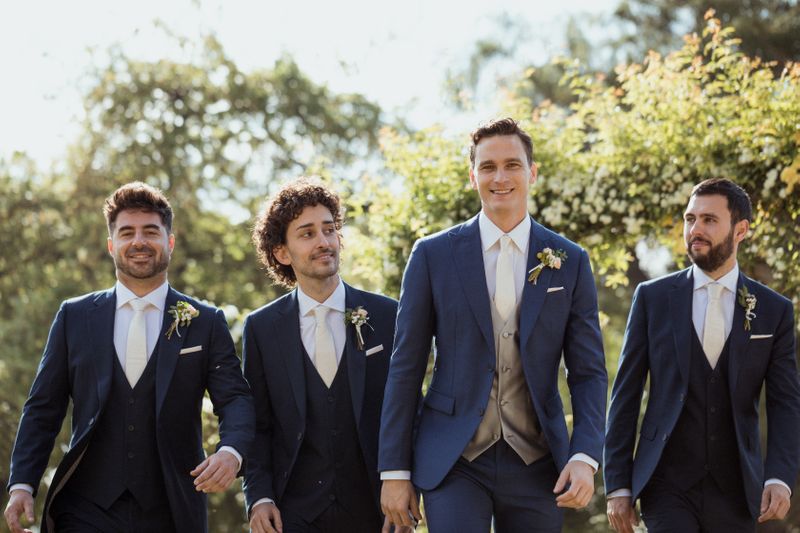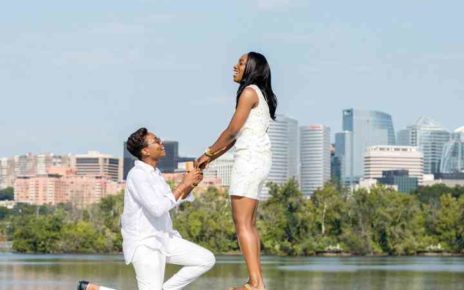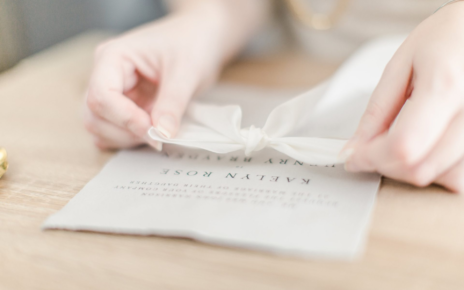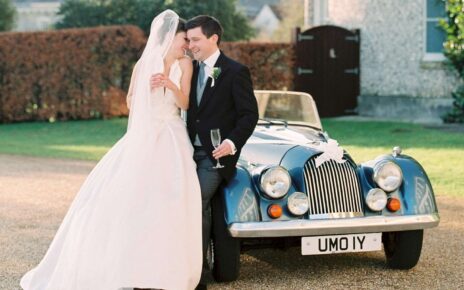Table of Contents
- Assessing the Formality of the Wedding
- Choosing the Right Style
- Ensuring the Perfect Fit
- Selecting the Fabric and Color
- Essential Accessories
- Seasonal Considerations
- Budget-Friendly Tips
- Adding the Final Touches
Assessing the Formality of the Wedding
Assessing the formality of the wedding is crucial for choosing the appropriate attire. Begin by considering the venue, time of day, and wedding theme. A black-tie evening wedding requires a classic tuxedo, while a daytime or beach wedding allows for lighter, more relaxed attire. Understanding these details helps select an outfit that aligns with the event’s formality. Generation Tux in NYC offers various options suitable for any wedding style. Their selection ensures you find the perfect ensemble that complements the wedding’s level of formality, ensuring you look your best.
Choosing the Right Style
Choosing the style for your tuxedo involves considering the event’s formality, taste, and current fashion trends. Start by selecting a lapel style that complements your look—shawl lapels for a classic appearance, peak lapels for a formal touch, or notch lapels for versatility. Notice the importance of the fit; choose a slim fit for a contemporary shape or a classic fit for a classic appearance. Additionally, consider the fabric and color based on the season and venue. Generation Tux offers a variety of styles and expert advice to help you find the perfect tuxedo for any occasion where you look sharp and feel confident.
Ensuring the Perfect Fit
A suit is only as good as its fit. For the perfect look, ensure your suit is well-tailored to your body. A tailor can make crucial adjustments in areas like the shoulders, waist, and length of the trousers. Custom tailoring can make a significant difference, creating a polished and put-together appearance. Off-the-rack suits can be transformed with a few tweaks, making the investment worthwhile. Pay attention to the right shirt size and sleeve length; these details contribute to an impeccable look.
Selecting the Fabric and Color
The fabric and color you choose can significantly impact how your suit looks. Velvet suits, for example, have gained popularity for winter weddings owing to their luxurious texture and rich appearance. Lighter fabrics like cotton or linen are preferable for summer weddings due to their breathability. Meanwhile, classic wool suits remain versatile for most seasons, offering comfort and style. Regarding color, navy, and charcoal are timeless and versatile, while bolder colors and patterns can make a unique statement.
Essential Accessories
Accessories such as ties, pocket squares, and cufflinks can elevate your wedding attire. They provide a chance for you to personalize your outfit. Matching your accessories to the color scheme of your wedding can bring your look together seamlessly. When selecting accessories, consider the metal finish of your cufflinks and tie bar to match your watch and other jewelry. Remember the power of a well-chosen belt and shoes, rounding off your ensemble with finesse.
Seasonal Considerations
Your choice of suit can also be influenced by the time of year your wedding takes place. Summer weddings require lighter fabrics and colors, whereas winter weddings allow for richer colors and heavier fabrics. Consider light grays, tans, or pastel colors for a summer wedding. For winter, deeper colors like burgundy, midnight blue, or emerald green can be striking. Layering is also a consideration in colder seasons, so opting for a three-piece suit or including a stylish overcoat can enhance your look while keeping you warm.
Budget-Friendly Tips
Looking sharp doesn’t have to break the bank. Consider options like renting a suit, which can offer significant savings without compromising style. Renting allows you to wear high-quality suits and tuxedos at a fraction of the cost of purchasing them. You can also search for discounts or sale items before your wedding date. Furthermore, mixing store-bought items with personalized alterations can achieve a unique style at a lower cost. You can control your attire costs by planning and creating a realistic budget.
Adding the Final Touches
Finally, make sure all components of your outfit are in harmony. Your tie should complement your suit, and your shoes should match the event’s formality. Polished leather shoes are necessary for formal events, whereas suede loafers or dressy sneakers might be acceptable for more casual weddings. Attention to these details will ensure you look your best on your big day. Remember grooming and personal presentation, as thesDon’tments will complete your polished look. A fresh haircut, well-maintained facial hair, and a little fragrance can make you feel confident and ready for your wedding day.





